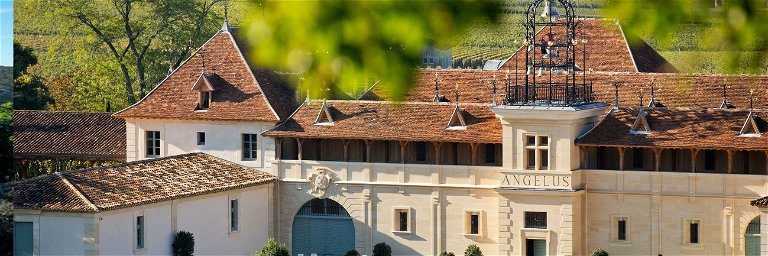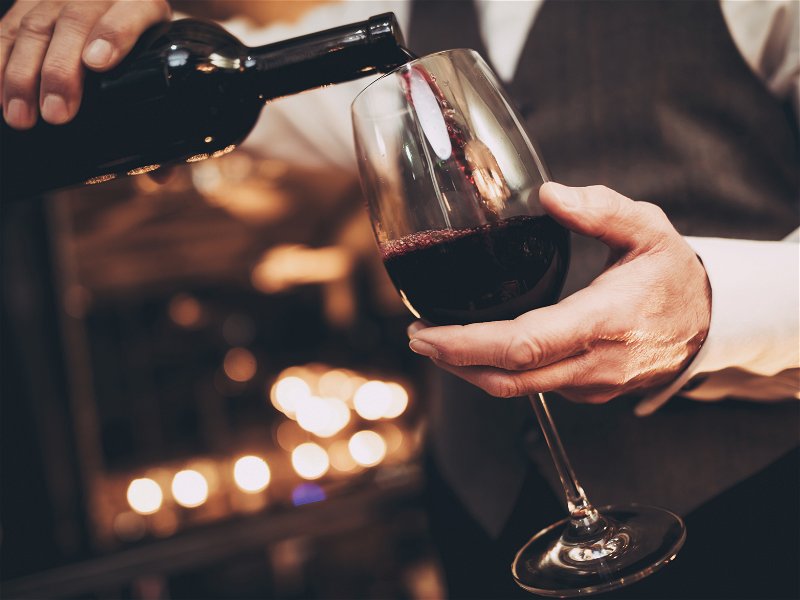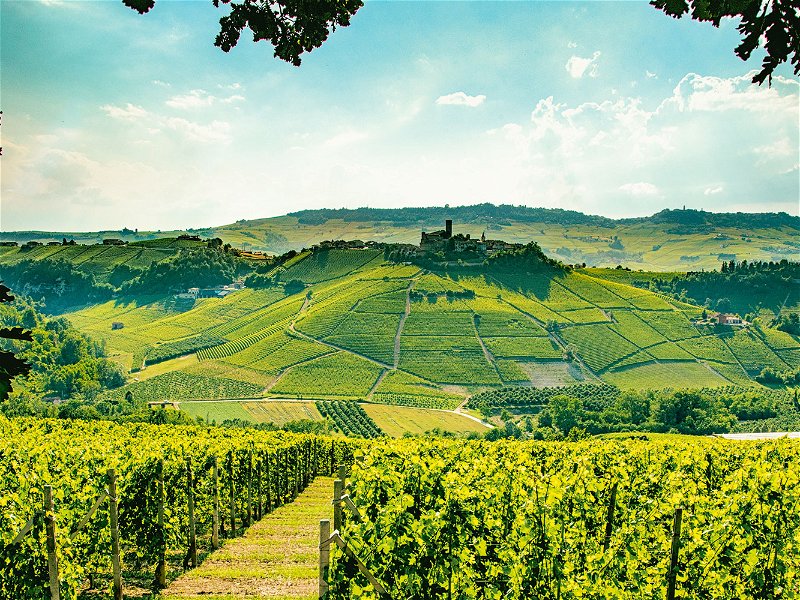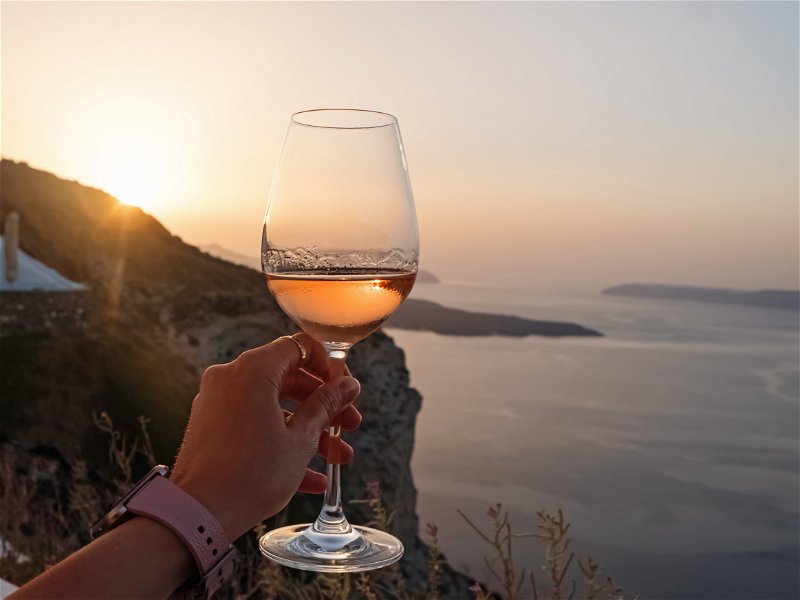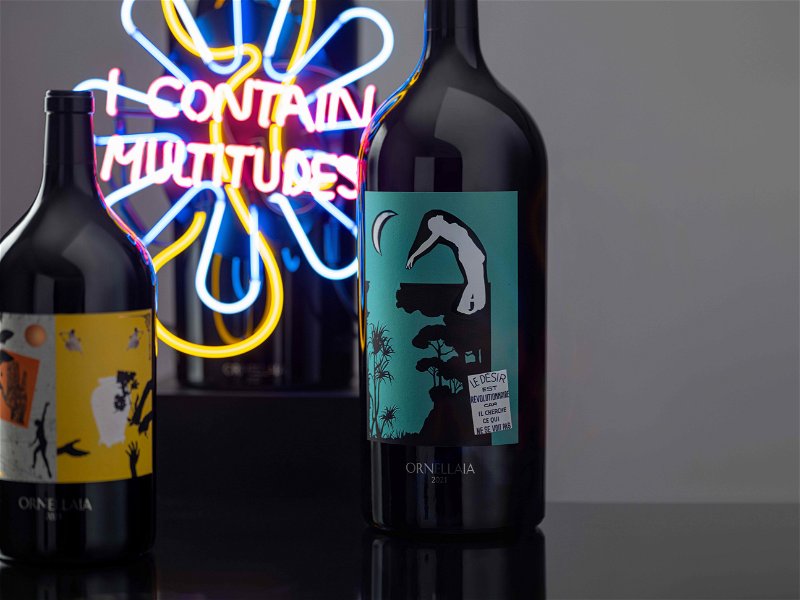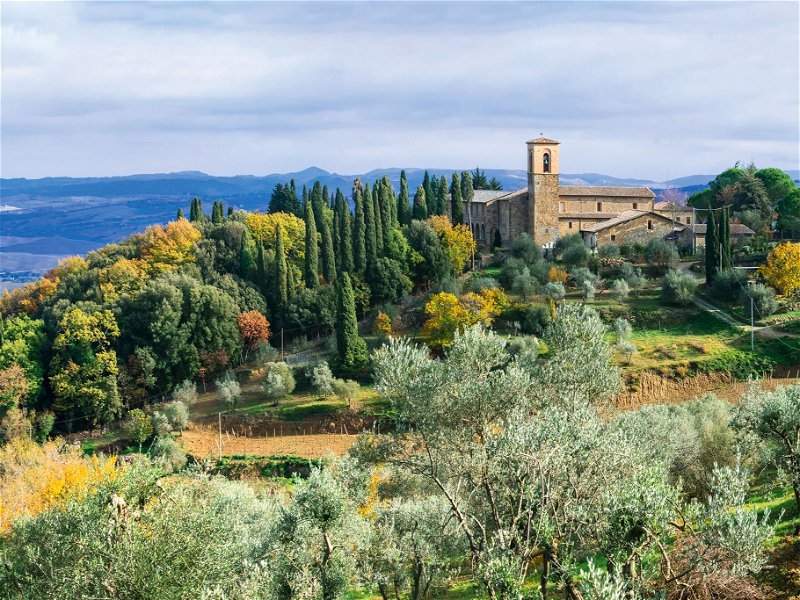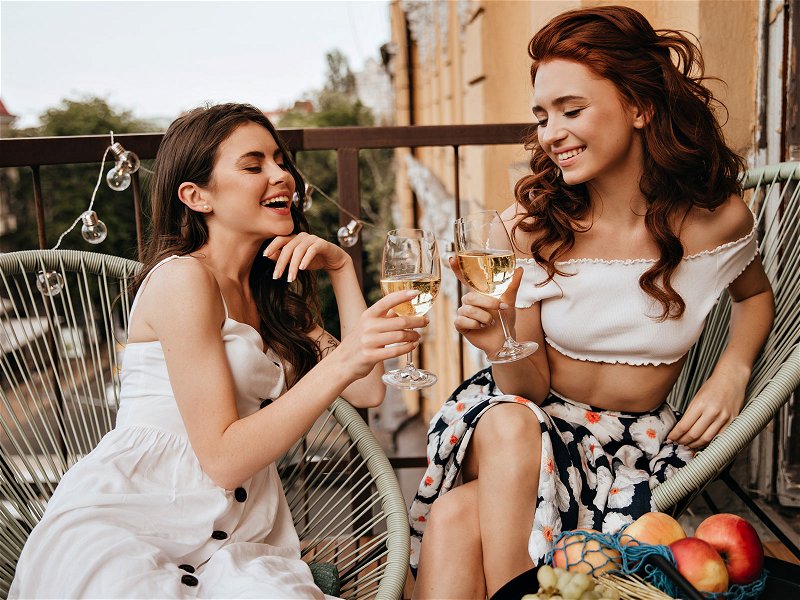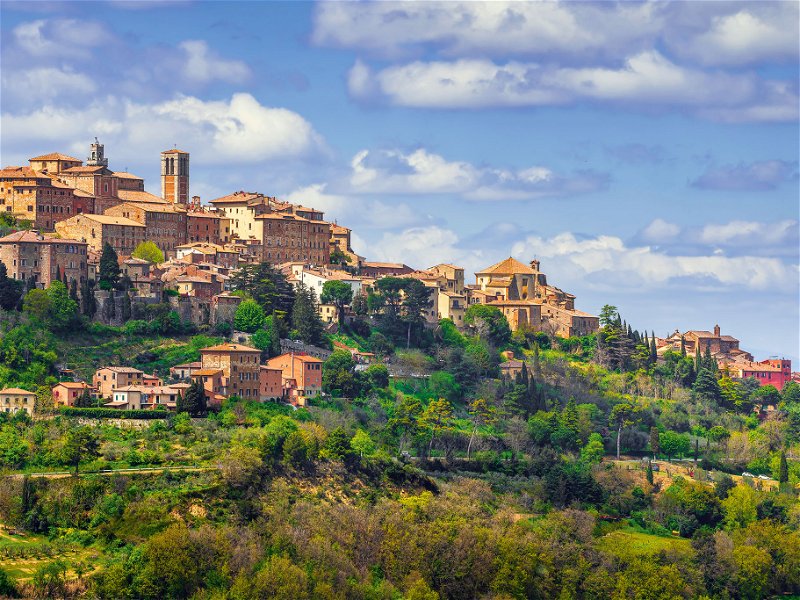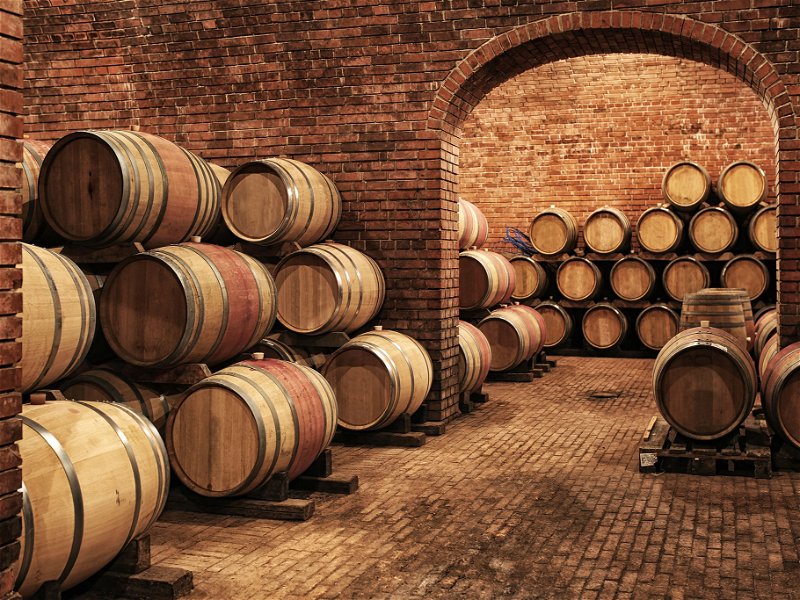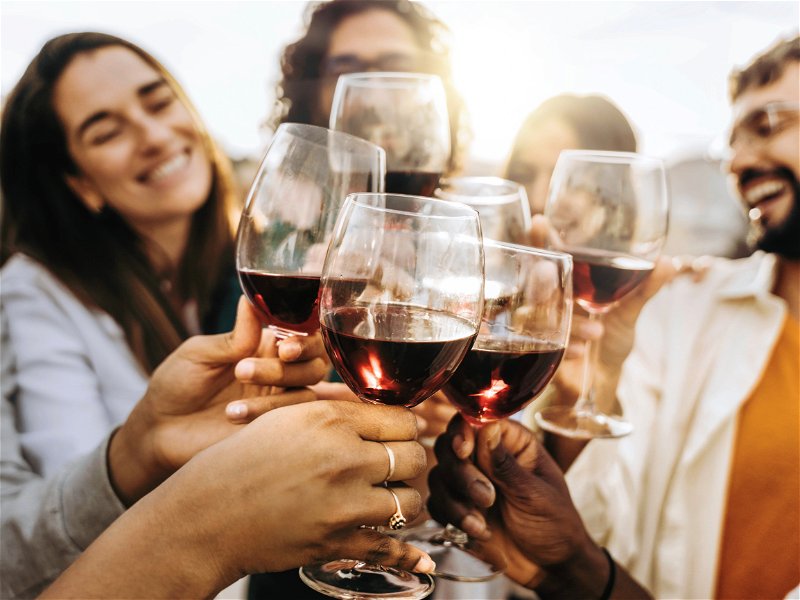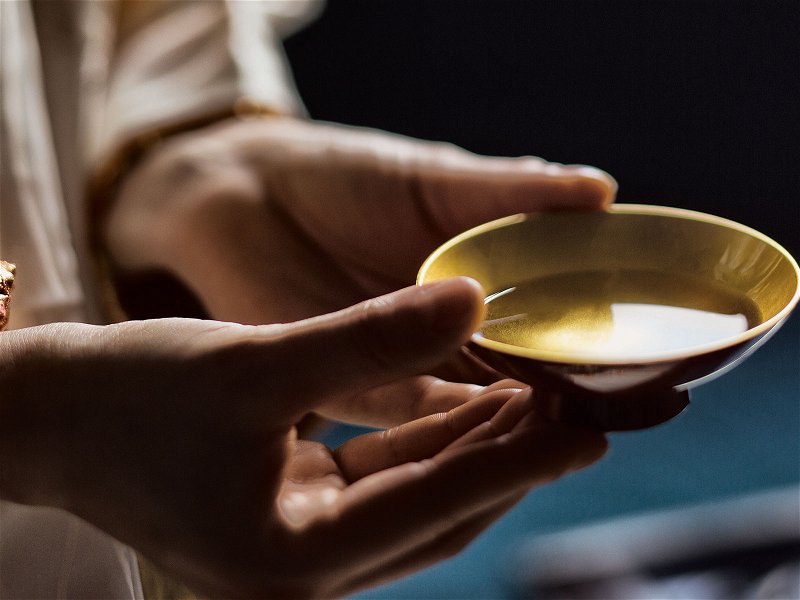Bordeaux 2019 – The Game Changer
More and more bottles of the 2019 Bordeaux vintage are hitting the shelves. This time round it is worth paying closer attention. Rarely have the wines of the Gironde presented themselves with such allure, consistently high quality and exquisite value.
Bordeaux returns to the hearts of wine lovers with this vintage full of fruit, elegance and freshness. Those who have visited the Bordeaux winelands recently will have noticed it: a breath of fresh air sweeps through this distinguished region with its impressive châteaux. Of course, in terms of accessibility there still is some way to go until we see the kind of hospitality on offer in Napa Valley or Stellenbosch, where wine lovers can scoot from cellar door to tasting room and are welcomed like old friends who can – against payment of a commensurate fee – taste and explore the wines of the region. For the longest time, wine tourism was almost an alien concept for Bordelais châteaux. Visitors who had not been expressly invited simply were not welcome; buying wine at the estate was almost an absurd idea. And even if this is a slightly pointed way of putting it – this is the impression many visitors gained.
By now, however, more and more estates are open to private visitors, offer surprising tasting packages, informal restaurants and smart overnight stays. The various regions that come under the Bordeaux umbrella thus show themselves in an increasingly open and contemporary light. It is the same in vineyard and cellar, a whole new generation of winemakers have moved with the times and by now roughly a quarter of the famous estates in the 1855 Classification are either already certified organic or in conversion, while many others farm according to biodynamic principles. Estates like Château Latour or Palmer are amongst those fully certified, while Château d’Yquem, Lafite Rothschild or Cos d’Estournel are in conversion – along with ten other top estates. Or look at the completely revamped packaging of the Lafite-owned sweet Sauternes wine Château Rieussec 2019 – it is evident that this vintage may well be the start of a real transition.
A most winning vintage
Seasoned observers may be inclined to quip: “Another vintage of the century? Not again!” But if one thing is certain, it is that the 2019 vintage moves at a truly high level. The science experts at the University of Bordeaux tasked with putting each vintage through the most stringent oenological tests – impartially – have come to the following conclusion: the 2019 vintage offers remarkable white wines, the sweet wines are precise and aromatic while the reds are expressive, juicy and delicious. The scene is thus set for lovers of Bordeaux wines. Cabernet Sauvignon, the region’s key variety, benefitted from the great conditions towards the end of the growing season and could be harvested at optimal ripeness. The wines from soils richer in clay are very good, perhaps not exquisite across the board in terms of concentration, but nonetheless show great fruit and fine tannins. On the best sites of deep gravel, Cabernet reaches world class; the wines from Pauillac are the prime example with their sheer consistency. As regards the release prices on La Place de Bordeaux, the network of distributors through which most wine is sold, the châteaux were quite clear-headed about the way things stood at the time – we are talking about early summer of 2020: Covid was the dominant theme, the markets in the UK, the US and Asia were saturated. A significant price cut was a means of choice. Amongst the classified growths in the Médoc, the PR darling of recent years, Château Pontet-Canet, volunteered as test pilot. By opening with a 30 percent discount on the previous year’s release prices, they made an offer that the market neither could nor wanted to refuse. Likewise, Château Lynch-Bages went down by 26 percent while first growth Lafite Rothschild made a concession of 16 percent. Noblesse oblige. Mouton Rothschild went down by a full 31 percent compared to 2018 and distributors fought over their allocations – no wonder: they had been amongst the lucky few who had been able to taste the wines en primeur and knew what a bargain it really was. With a release price of €330 a bottle, super-elegant Château Margaux was down 19 percent on the 2018 price.
Across the board
It was a similar story on the Right Bank, where alcohol levels – unlike in the Médoc – stayed at their usual elevated levels while the wines themselves came across as far more lively and thus much less opulent. Merlot-dominated Saint-Émilion brought forth numerous wines that are lush and readily accessible, the fine Pomerols are taut, tightly-woven and finely structured. Likewise, the red wines from the numerous satellite appellations of the Right Bank are similarly vivid. The words of Pierre-Olivier Clouet, technical director at Cheval Blanc, thus ring pleasantly: “2019 was the fifth rather warm vintage in a row and yet in that year we made the freshest wine, perhaps the freshest ever made at the estate.” Compared to the wines of the 2018 vintage, the Merlots from the Right Bank possess more acidity and come across in classic style. In Pessac-Léognan, south of the city of Bordeaux, where both dry white and red wines were made at the highest level, one can draw at will from a full and fine range. The 2019 vintage presented a rich harvest and really great wines are thus on offer across all categories and appellations. From Bordeaux AOC via Cru Bourgeois up into the realms of the famed names of the Grands Crus Classés – as a buyer you simply cannot go wrong, with one exception: missing out on this exceptional opportunity to dive into the fascinating world of Bordeaux.
Through the year
It was Mother Nature who created the prerequisites for the success of this rather unusual vintage born before the pandemic. She meant well. Although there were still some very cold days in early January 2019, the spring was relatively mild overall. During the winter period, regular moderate precipitation ensured that the water resources in the soil were replenished. An important prerequisite, since 2019 turned out to be the warmest year on average since records began. Budbreak occurred at the end of March, beginning of April; about a week earlier than usual. After a short, cool and rainy phase in May, flowering proceeded evenly and quickly in the best conditions, setting the course for a high-yielding year. At the end of June, the weather changed and remained warm and stable, ensuring optimal conditions for a good and healthy ripening of the grapes, two short heat spikes in June and July did not affect the grapes in any way. Regular small rain showers optimally supplied the vines and aided the synthesis of polyphenols in the grapes. The first red varieties started turning in July and by mid-August, véraison was already complete, again in optimal conditions. Harvest began in the Médoc appellation with the Merlots around 19 September, the northern regions such as Pauillac and Saint-Estèphe followed from 23 September onwards under blue skies. Towards the end of the month, there was still some rainfall which lowered the alcohol levels of the already fully ripe Cabernet Sauvignons somewhat but was especially beneficial to the vineyards with drier gravel soils. Finally, by the end of the second week of October, Cabernet Sauvignon and Petit Verdot were harvested in fine weather and showed remarkable finesse.
On the Right Bank, the situation mirrored Médoc: conditions were also excellent. The grapes ripened comparatively early; Château Cheval Blanc started with Merlot on 10 September and Cabernet Franc was already in the cellar before the rains at the end of the month. Other well-known wineries were still waiting with their Bouschet (Cabernet Franc) and only completed the red wine harvest around 10 October. The Right Bank has a whole phalanx of excellent wines from 2019 that allow an authentic insight into the respective terroirs.
Likewise in the south and south-east of Bordeaux, the vintage was also very successful. The warm temperatures produced rather opulent white wines with ripe fruit in Graves, which in one or two cases lacked a little of the liveliness that usually characterises the appellation. To maintain freshness, the white wine harvest was already in full swing at the end of August. The top estates of Pessac-Léognan, not only produced great reds but also outdid themselves with white; the grands crus of the region leave nothing to be desired. In the sweet wine appellations of Sauternes and Barsac, the summer drought had already taken on worrying features when on 26 July eagerly awaited rain brought a turn for the better. The rainfall and the warm weather from 20 September onwards finally set the noble rot in motion, but the harvesting of the grapes turned out to be complex and time-consuming because grey rot also set in. On 8 October, a dry and windy window of good weather opened up, and a large part of the sweet wine harvest could be brought in during this period. At Château d’Yquem, harvesting began on 10 October and within a few days most of the grand vin was in the cellar. The rains returned on 14 October and the more fragile terroirs were harvested during the breaks in the rainfall until 22 October. The result is a powerful, super-elegant Yquem with enormous potential. In summary, the 2019 vintage is one of those rare vintages where almost everything came together. We can look forward to great qualities in all appellations and from red wines – both on the Left and Right Bank – via white to sweet wines. All the big and famous names have excellent wines on offer but so do a variety of less prominent names – and all at an exceptionally attractive price, offering great value.
Jean-Hubert Delon, owner of châteaux such as Léoville-Las-Cases in Saint-Julien on the Left Bank and Château Nenin in Pomerol on the Right Bank, summed up the 2019 vintage: “A delicious year that need not fear comparison with the very best. The picture was the same on both the Left and Right Bank: in every single phase, the grapes developed only towards perfection and gave the winemaker an outstanding harvest. Fruit of exquisite quality was available in abundance and was transformed into wines that have everything the consumer could wish for. They present themselves balanced, full-bodied, with a charming freshness and show a complex, pure and rich aromatic expression of their respective terroirs. 2019 joins the ranks of the most elegant years in Bordeaux, showing form and possessing great ageing potential.”
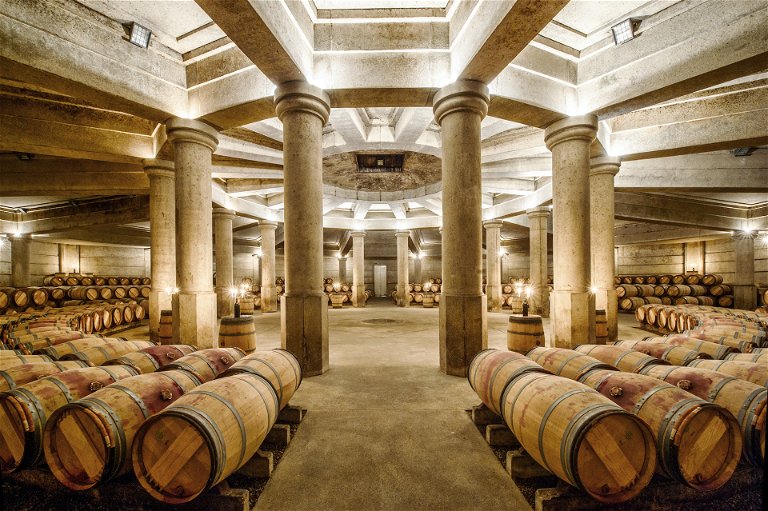
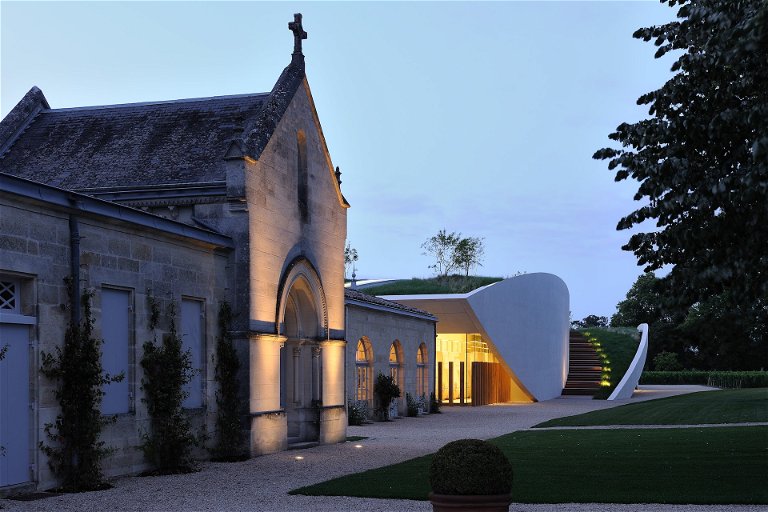
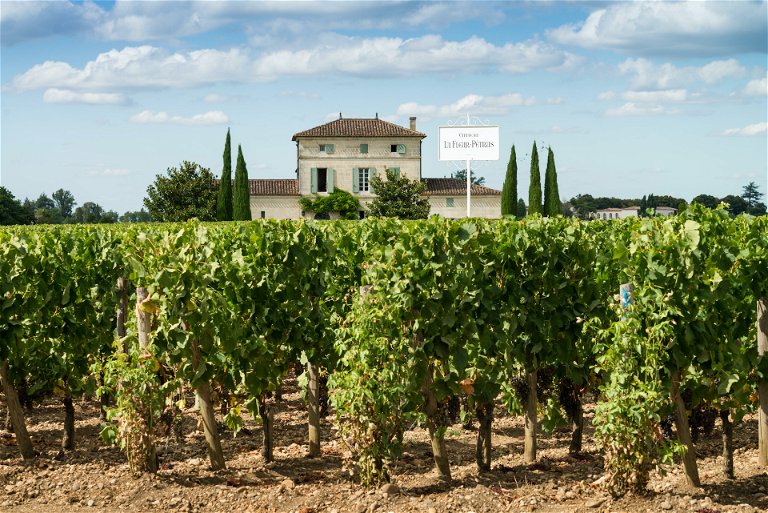
Link to tasting
